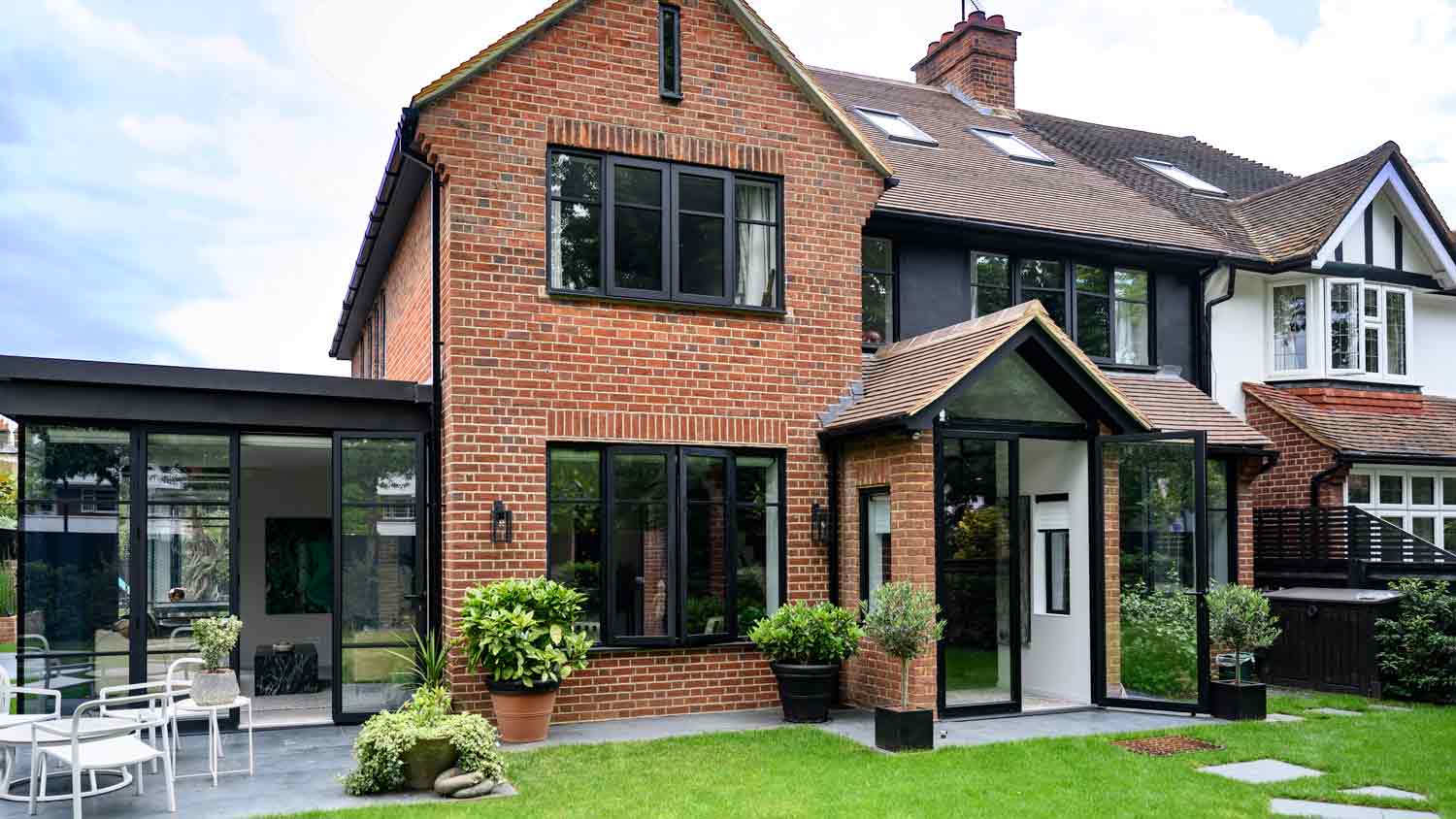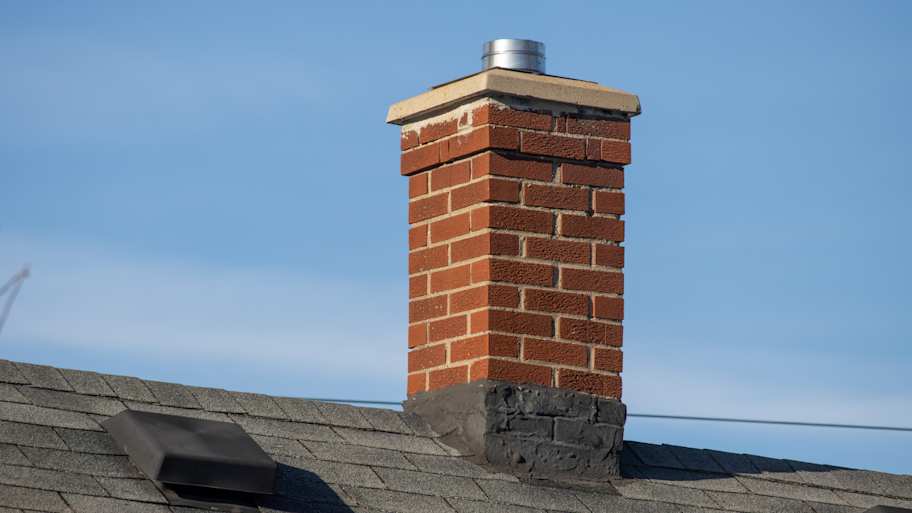
The cost to brick a house depends on several factors, like labor costs, home size, and brick types. Use our guide to estimate your bricking costs.
Thousands of years of use show why you shouldn’t bet against this stone mosaic.


Cobblestone dates back to Ancient Rome.
Granite, basalt, limestone, and sandstone are widely used.
Cobblestone requires much more labor compared to concrete or asphalt.
It can be laid out and designed in almost any pattern you wish.
Many people have walked on the surface for years asking themselves: what is cobblestone? The durable and charming material has been a cornerstone of architecture and street paving for thousands of years, dating back to Ancient Rome. The early success of this type of paving spread from Europe all around the world. Read on and discover what cobblestone is, what types there are, and if it’s still a worthy paving material today.
Fun fact—the word “cobblestone” is derived from the word “cob,” which means “a lump or rounded object.”

We’re not going to be super technical here, but if we were to, cobblestones would be made from only the rounded stones from riverbeds. This is a very old way of making cobblestone streets, and if you see it these days, it will only be in archaeological sites and the centers of old cities. Most cobblestone roads, walkways, and entrances are made of the below types.
Granite is a very strong and durable type of rock. You can get granite in many different colors as well, making it a popular choice. Because of this rock’s longevity and resistance to weathering, it’s often the rock of choice when laying cobblestone that will be heavily trafficked by cars or pedestrians.
Basalt rock is dark and hard with a unique texture and appearance. It isn’t as hard as granite and it weathers faster. For these reasons, basalt should be seriously considered for your stepping stone walkway ideas. It’s important to note that even though it isn’t as tough as granite it’s still hard rock, and can be seen in urban plazas and commercial walkways. If you didn’t know, basalt is a rock formed by the cooling of slow-moving lava rich in iron.
Limestone is a softer rock and is made of primarily calcium carbonate and is therefore better suited for areas of moderate traffic. Not all cobblestone needs to be on paved roads, and you can often find limestone cobblestone being used for walls and other vertical structures. Limestone has a beautiful natural color and is often used to accent other colors, making it a great choice for cobblestone use.
Sandstone is made of compressed sand and has an excellent grippy texture. It is the rock here that wears and polishes the fastest from normal use and is usually used for decorative walkways, patios, gardens, and sometimes pools. Sandstone has a wonderful natural coloring and is a nice blend of aesthetics and practicality.
So, what is flagstone? Flagstone isn’t really a type of rock like those mentioned above. It’s a term used to describe rocks that have been compressed into flat sheets. Flagstone could be made from any of the above rocks and many others. Flagstone is often picked for cobblestone because it looks rustic and you can blend many different types of stone together, which can look more interesting and dramatic than cobblestone made from a single rock type.

Cobblestone used to just be gathered, mixed with mortar, and set. Builders would take the most available stone near their building site, shape it, and use it. Nowadays, the process is a bit more involved but not entirely different.
Stone selection: Construction begins by picking the type of stone, and making sure you have enough pieces that are either the right shape or can be easily shaped.
Extraction: If the stone has not already been quarried, it will need to be removed from the ground.
Cutting and shaping: Cobblestones need to be uniform in shape and size. Many years ago, this was done with hand tools, but it is now almost entirely done by machines.
Finishing the stone: Roughly shaped and textured rocks may work for streets, but cobblestone in the modern area is mostly decorative. Tumbling, flashing, and polishing the stone enhance its appearance and grip-ability.
Site preparation: The area is flattened, and a stable, depressed base is created in the ground. At this stage, any needed measurements should be double-checked.
Laying the stone: It is common to press the stones into a thin layer of concrete. Skilled workers—or handy DIYers—lay the stones out in their desired patterns and designs.
“Jointing” the cobblestone: This final stage involves joining the stones together with a slurry, usually a cement mixture. It is similar to grouting.
This process is laid out to describe a classic cobblestone street. Talk to a brick or paving specialist near you to help bring your cobblestone ideas to life. Hint—this ancient way of laying stone isn’t just for driveways and walkways!
Cobblestone can add durability, aesthetic appeal, and charm to a variety of projects and spaces. Here are some common projects that utilize cobblestone.
Roads: Cobblestone streets are prevalent in many historic European cities, as well as in some areas of the United States. Their strength can withstand heavy pedestrian and vehicular traffic, but they’re not very smooth or comfortable to drive on, so they’re typically only found in areas that want to preserve historic or rustic charm.
Driveways: Cobblestone driveways can add a touch of elegance and charm to a home, instantly boosting its curb appeal. They also provide excellent traction, so they’re a practical choice for areas prone to rain and ice.
Walkways and Pathways: Cobblestone is most commonly used for pathways in gardens, parks, and other outdoor spaces. It blends in seamlessly with the surrounding landscape and offers traction that can help prevent slips and falls when it’s rainy or icy.
Patios and Courtyards: Cobblestone patios and courtyards are popular for their aesthetic appeal and durability. They’re relatively easy to maintain and can withstand the wear and tear of heavy outdoor furniture and foot traffic.
Borders and Edging: Cobblestone is often used as a decorative border for gardens, flower beds, and other outdoor accents. Its natural look complements diverse landscaping elements and helps define distinct spaces in a yard. Cobblestone borders also help prevent soil erosion and keep mulch and gravel in place.
Building Facades and Walls: Cobblestone is occasionally used in vertical construction, such as building facades and retaining walls. Its natural beauty and strength make for a compelling and durable exterior accent that adds texture and visual interest to an exterior.
From average costs to expert advice, get all the answers you need to get your job done.

The cost to brick a house depends on several factors, like labor costs, home size, and brick types. Use our guide to estimate your bricking costs.

Discover the average stone restoration cost, including price ranges and key factors, to help you plan your next home project with confidence.

Need to repoint brick in your home to make your home look fresh and new? Use this guide to repointing brick cost to price out your project before starting.

You don’t need power tools to get clean, accurate brick cuts. This step-by-step guide teaches you how to cut brick by hand using simple tools and a free afternoon.

Learn about the five common causes behind black stains on your brick and how to remove them effectively, either by yourself or by hiring a pro.

Picking the right mortar matters in masonry projects. Learn when to use Type N versus Type S and what makes each mix ideal for different masonry applications.